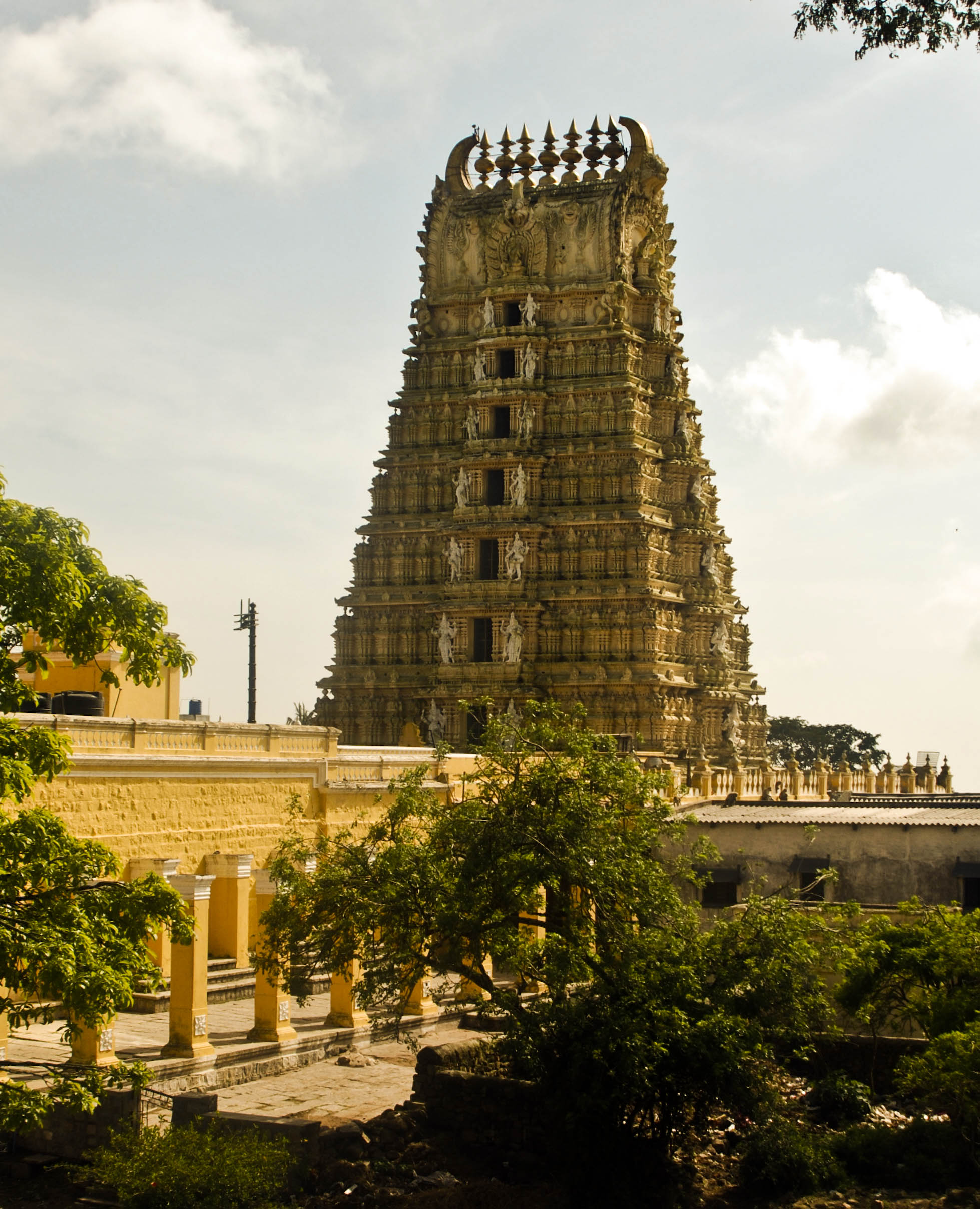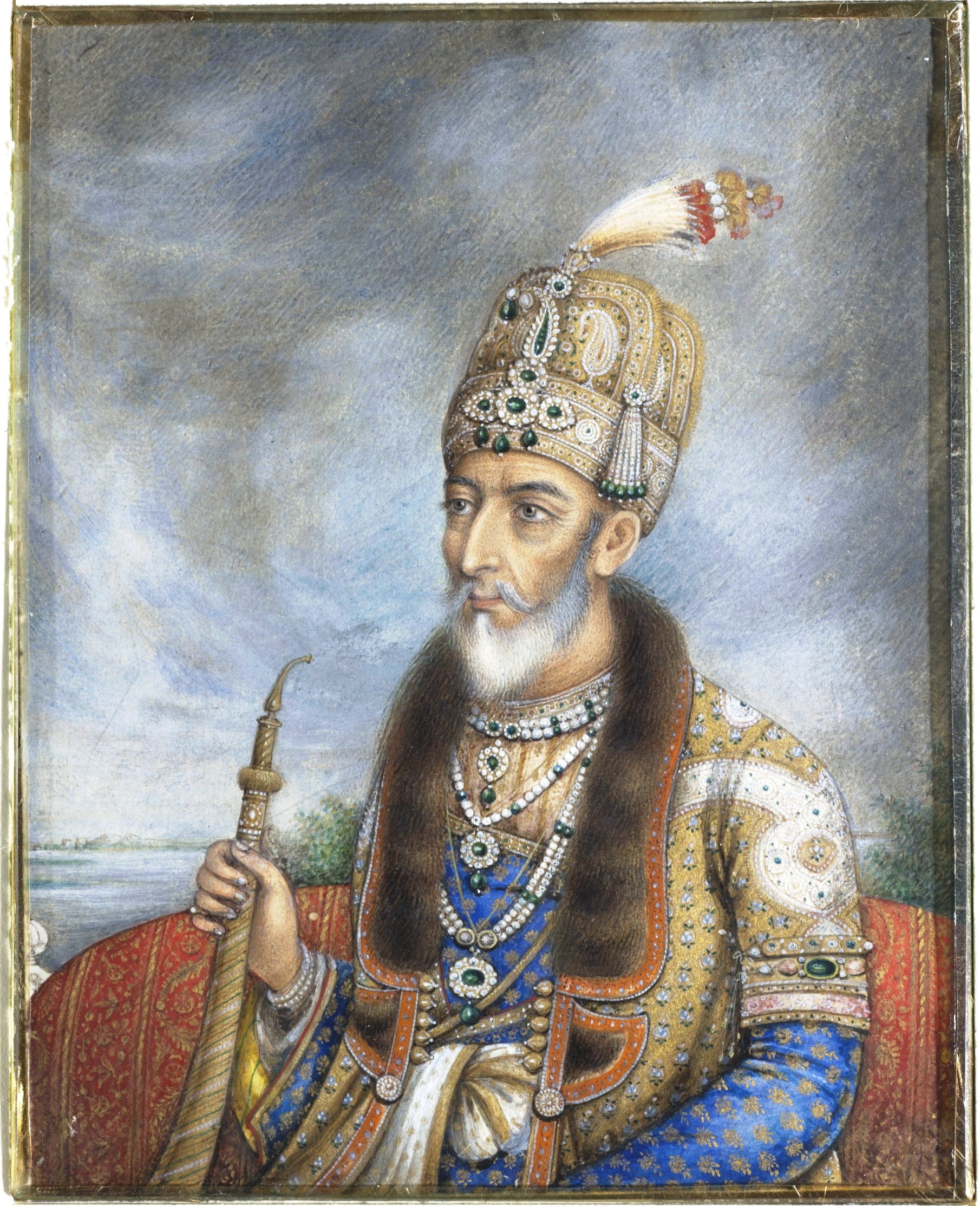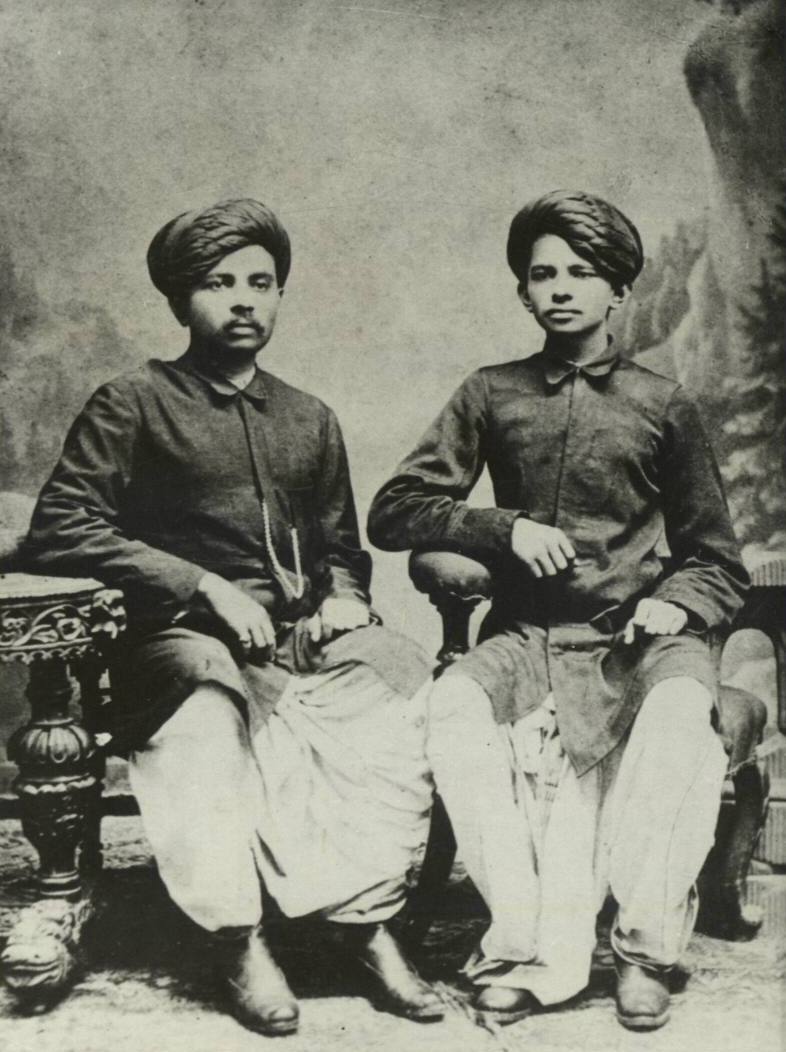|
Virajpet
The town of Virajpet also spelled as Virajapete () is township of the district of Kodagu, in India's southern States and union territories of India, State of Karnataka. It is the main town of the ''Virajpet taluka'', south of the district, and borders Kerala State. The name of the town is derived from its founder, Dodda Vira Rajendra. History The name Virajpet is a shorter version of its previous name Virarajendrapet, named after the Kingdom of Coorg, Haleri King Dodda Vira Rajendra, who founded the town in 1792. He founded the town to commemorate his meeting with General (United Kingdom), General Robert Abercromby of Airthrey, Robert Abercromby, his ally against Tipu Sultan, the ruler of the Kingdom of Mysore, in 1791. Virajpet was the headquarters of Yedenalknad taluk. The first population comprised people who Vira Rajendra had in his predatory excursions swept away from Mysore. But, the people that fled to Virajpet were principally the inhabitants of Periyapatna, who were look ... [...More Info...] [...Related Items...] OR: [Wikipedia] [Google] [Baidu] |
Kodagu
Kodagu district () (also known by its former name Coorg) is an administrative List of districts of Karnataka, district in the Karnataka state of India. Before 1956, it was an administratively separate Coorg State at which point it was merged into an enlarged Mysore State. Geography Kodagu is located on the eastern slopes of the Western Ghats. It has a geographical area of . The district is bordered by Dakshina Kannada district to the northwest, Hassan district to the north, Mysore district to the east, Kasaragod district of Kerala in west and Kannur district of Kerala to the southwest, and Wayanad district of Kerala to the south. It is a hilly district, the lowest elevation being above sea-level near makutta. The highest peak, Tadiandamol, rises to , with Pushpagiri, Karnataka, Pushpagiri, the second highest, at . The main river in Kodagu is the Kaveri (Cauvery), which originates at Talakaveri, located on the eastern side of the Western Ghats, and with its tributaries, dr ... [...More Info...] [...Related Items...] OR: [Wikipedia] [Google] [Baidu] |
Dodda Vira Rajendra
Dodda Vira Rajendra was the ruler of the Kingdom of Coorg from 1780 to 1809. He freed the kingdom from the occupation of Tipu Sultan, the king of Mysore. He later aided the British in their fight against Tipu Sultan. Dodda Veera raja constructed the city of Vira-rajendrapete, today known as Virajapet. Early life and exile Not much is known of Dodda Vira Rajendra's childhood. In 1780, Linga Raja, his father and ruler of the Coorg Kingdom died while Dodda Vira Rajendra was still young. Hyder Ali, the king of Mysore saw this as an opportunity and took possession of the Coorg Kingdom until, as he said "the princes (Dodda Vira Rajendra and his brother) would come of age". In September 1782, the princes were deported to Garuru. Enraged at the deportation of their princes, the Coorgs revolted and proclaimed independence. Soon after in December 1782, Hyder Ali died due to a cancerous growth in his back and his son Tipu became the King. Tipu dispatched the Coorg royal family to Per ... [...More Info...] [...Related Items...] OR: [Wikipedia] [Google] [Baidu] |
Kingdom Of Coorg
The Kingdom of Coorg (or Kingdom of Kodagu) was an independent kingdom that existed in India from the 16th century until 1834. It was ruled by a branch of the Ikkeri Nayaka. From 1780 to 1788, the kingdom was occupied by neighbouring Mysore but the Rajah of Coorg was restored by the British and became a protectorate of the British East India Company on 26 October 1790. In 1834, the then Raja of Coorg rebelled against British authority, sparking the Coorg War. The brief conflict resulted in the British annexing the kingdom in the same year, with the region then becoming Coorg Province, a province of British India. Early history Although ''Rājendranāme'', a royal genealogy of the rulers of Coorg written in 1808, makes no mention of the origin of the lineage, its reading by historian Lewis Rice led him to conclude that the princely line was established by a member of the Ikkeri Nayaka family, who first settled in Halerinard. Having moved south to the town of Haleri in ... [...More Info...] [...Related Items...] OR: [Wikipedia] [Google] [Baidu] |
States And Territories Of India
India is a federalism, federal union comprising 28 federated state, states and 8 union territory, union territories, for a total of 36 subnational entities. The states and union territories are further subdivided into 800 List of districts in India, districts and smaller administrative divisions of India, administrative divisions by the respective subnational government. The states of India are self-governing administrative divisions, each having a State governments of India, state government. The governing powers of the states are shared between the state government and the Government of India, union government. On the other hand, the union territories are directly governed by the union government. History 1876–1919 The British Raj was a very complex political entity consisting of various imperial divisions and states and territories of varying autonomy. At the time of its establishment in 1876, it was made up of 584 princely state, constituent states and the prov ... [...More Info...] [...Related Items...] OR: [Wikipedia] [Google] [Baidu] |
Mysore
Mysore ( ), officially Mysuru (), is a city in the southern Indian state of Karnataka. It is the headquarters of Mysore district and Mysore division. As the traditional seat of the Wadiyar dynasty, the city functioned as the capital of the Kingdom of Mysore for almost six centuries (). Known for its heritage structures, palaces (such as the famous Mysore Palace), and its culture, Mysore has been called the "City of Palaces", the "Heritage City", and the " Cultural capital of Karnataka". It is the second-most populous city in the state and one of the cleanest cities in India according to the Swachh Survekshan. Mysore is situated at the foothills of the Chamundi Hills. At an altitude of above mean sea level, the city of Mysore is geographically located at 12° 18′ 26″ north latitude and 76° 38′ 59″ east longitude. It is about southwest of the state's capital, Bangalore, and spreads across an area of (city and neighbouring census towns). The population of th ... [...More Info...] [...Related Items...] OR: [Wikipedia] [Google] [Baidu] |
Fair
A fair (archaic: faire or fayre) is a gathering of people for a variety of entertainment or commercial activities. Fairs are typically temporary with scheduled times lasting from an afternoon to several weeks. Fairs showcase a wide range of goods, products, and services, and often include competitions, exhibitions, and educational activities. Fairs can be thematic, focusing on specific industries or interests. Types Variations of fairs include: * Art fairs, including art exhibitions and arts festivals * Book Fairs in communities and schools provide an opportunity for readers, writers, publishers to come together and celebrate literature. * County fair (US) or county show (UK), a public agricultural show exhibiting the equipment, animals, sports and recreation associated with agriculture and animal husbandry. * Festival, an event ordinarily coordinated with a theme e.g. music, art, season, tradition, history, ethnicity, religion, or a national holiday. * Health fair, an event d ... [...More Info...] [...Related Items...] OR: [Wikipedia] [Google] [Baidu] |
Rice
Rice is a cereal grain and in its Domestication, domesticated form is the staple food of over half of the world's population, particularly in Asia and Africa. Rice is the seed of the grass species ''Oryza sativa'' (Asian rice)—or, much less commonly, ''Oryza glaberrima'' (African rice). Asian rice was domesticated in China some 13,500 to 8,200 years ago; African rice was domesticated in Africa about 3,000 years ago. Rice has become commonplace in many cultures worldwide; in 2023, 800 million tons were produced, placing it third after sugarcane and maize. Only some 8% of rice is traded internationally. China, India, and Indonesia are the largest consumers of rice. A substantial amount of the rice produced in developing nations is lost after harvest through factors such as poor transport and storage. Rice yields can be reduced by pests including insects, rodents, and birds, as well as by weeds, and by List of rice diseases, diseases such as rice blast. Traditional rice polyc ... [...More Info...] [...Related Items...] OR: [Wikipedia] [Google] [Baidu] |
Indian Independence Movement
The Indian independence movement was a series of historic events in South Asia with the ultimate aim of ending British Raj, British colonial rule. It lasted until 1947, when the Indian Independence Act 1947 was passed. The first nationalistic movement took root in the newly formed Indian National Congress with prominent moderate leaders seeking the right to appear for Indian Civil Service examinations in British India, as well as more economic rights for natives. The first half of the 20th century saw a more radical approach towards self-rule. The stages of the independence struggle in the 1920s were characterised by the leadership of Mahatma Gandhi and Congress's adoption of Gandhi's policy of non-violence and Salt March, civil disobedience. Some of the leading followers of Gandhi's ideology were Jawaharlal Nehru, Vallabhbhai Patel, Abdul Ghaffar Khan, Maulana Azad, and others. Intellectuals such as Rabindranath Tagore, Subramania Bharati, and Bankim Chandra Chattopadhyay spr ... [...More Info...] [...Related Items...] OR: [Wikipedia] [Google] [Baidu] |
Drainage Basin
A drainage basin is an area of land in which all flowing surface water converges to a single point, such as a river mouth, or flows into another body of water, such as a lake or ocean. A basin is separated from adjacent basins by a perimeter, the drainage divide, made up of a succession of elevated features, such as ridges and hills. A basin may consist of smaller basins that merge at river confluences, forming a hierarchical pattern. Other terms for a drainage basin are catchment area, catchment basin, drainage area, river basin, water basin, and impluvium. In North America, they are commonly called a watershed, though in other English-speaking places, " watershed" is used only in its original sense, that of the drainage divide line. A drainage basin's boundaries are determined by watershed delineation, a common task in environmental engineering and science. In a closed drainage basin, or endorheic basin, rather than flowing to the ocean, water converges toward the ... [...More Info...] [...Related Items...] OR: [Wikipedia] [Google] [Baidu] |
Mahatma Gandhi
Mohandas Karamchand Gandhi (2October 186930January 1948) was an Indian lawyer, anti-colonial nationalism, anti-colonial nationalist, and political ethics, political ethicist who employed nonviolent resistance to lead the successful Indian independence movement, campaign for India's independence from British Raj, British rule. He inspired movements for Civil rights movements, civil rights and freedom across the world. The honorific ''Mahātmā'' (from Sanskrit, meaning great-souled, or venerable), first applied to him in Union of South Africa, South Africa in 1914, is now used throughout the world. Born and raised in a Hindu family in coastal Gujarat, Gandhi trained in the law at the Inner Temple in London and was called to the bar at the age of 22. After two uncertain years in India, where he was unable to start a successful law practice, Gandhi moved to South Africa in 1893 to represent an Indian merchant in a lawsuit. He went on to live in South Africa for 21 years. Here, ... [...More Info...] [...Related Items...] OR: [Wikipedia] [Google] [Baidu] |
Taluk
A tehsil (, also known as tahsil, taluk, or taluka () is a local unit of administrative division in India and Pakistan. It is a subdistrict of the area within a district including the designated populated place that serves as its administrative centre, with possible additional towns, and usually a number of villages. The terms in India have replaced earlier terms, such as '' pargana'' ('' pergunnah'') and '' thana''. In Andhra Pradesh and Telangana, a newer unit called mandal (circle) has come to replace the tehsil system. A mandal is generally smaller than a tehsil, and is meant for facilitating local self-government in the panchayat system. In West Bengal, Bihar, Jharkhand, community development blocks (CDBs) are the empowered grassroots administrative unit, replacing tehsils. Tehsil office is primarily tasked with land revenue administration, besides election and executive functions. It is the ultimate executive agency for land records and related administrative matters ... [...More Info...] [...Related Items...] OR: [Wikipedia] [Google] [Baidu] |






